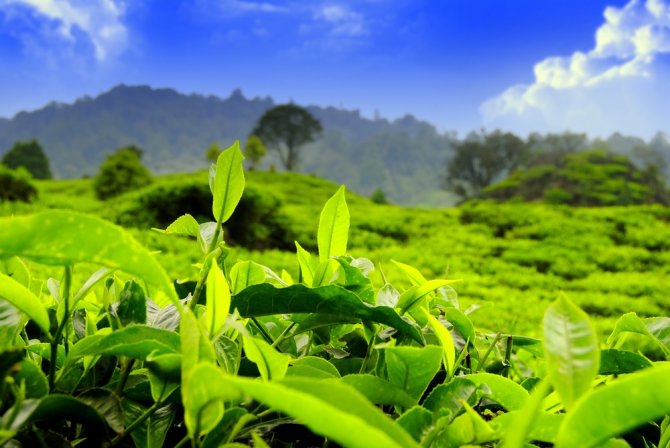
News
Forced labour in nineteenth century Java cost many lives
In the nineteenth century, Javanese peasants were forced to work on plantations for low wages. This was an economic success, but at the cost of a large number of lives. More can be read in the study conducted by Pim de Zwart, Daniel Gallardo-Albarrán and Auke Rijpma titled: ‘The demographic effects of Colonialism: Forced Labor and Mortality in Java 1834-1879,’ jointly researched by Wageningen University & Research (WUR) and Utrecht University.
This study shows that there was a significant and positive relationship between the number of workers involved in the Cultivation System and the death rate. An example: in 1840, the number of deaths rose by 30 for every 1,000 workers called upon to do cultivation work.
The Cultivation System was a financial success
In the Dutch Cultivation System on Java, a large part of the Javanese farmers were forced to provide labour for the cultivation of tropical crops, including sugar, coffee, tobacco, tea and indigo. From the Dutch perspective, the Cultivation System was a huge success: the export of these crops from the Dutch East Indies skyrocketed and the Dutch government made huge profits from the sale of these products.

A conservative estimate of the net profit – the batig slot – that flowed directly into the Dutch treasury in the 1850s is that this income accounted for 4% of GDP and more than 50% of total government income. Some of this money was used to build infrastructure and lower taxes in the Netherlands, and the Cultivation System thus made an important contribution to the Dutch economy in the nineteenth century.
Extreme change
But the system took a heavy toll on the local population: at its peak in 1840, more than 1.1 million people were forced into Cultivation labour: around 11% of Java’s total population. From secondary and primary resources, data were collected on how many labours per residency (largest administrative unit in the Dutch East Indies, comparable to a province) were employed in the Cultivation System each year, together with information (per year, per residence) on numbers of births, deaths and the necessary control variables.
Both Dutch colonial officials and Javanese elites (regents, district and village heads) were encouraged to maintain production levels through the culture percent, rewarding them with a share of the profits from sales. This way, free market prices of coffee and sugar, for example, (by far the most important products in the Cultivation System) in Amsterdam influenced the labour demand on Java.
Correlation between market prices, numbers and mortality rates
Analyses in the study suggest that there is a relationship between the market prices for coffee and sugar in a given year, and the number of forced labourers the following year and, calculated through the numbers of those forced labourers, the mortality rate. Since it was not possible for mortality in a Javanese residency to affect the price of sugar and coffee in Amsterdam the year before, this suggests that there was a causal relationship between forced labour and mortality.
What explains the relationship between forced labour and mortality? The sources are limited – after all, it did not do the careers of colonial officials any good to report on it – but the information the researchers have uncovered suggests that conditions on Cultivation System plantations were conducive to the spread of infectious diseases. Large groups of workers were packed together in unhygienic conditions in poor accommodation. As a result of poor nutrition, these workers were also predisposed to fall ill. The fact that some workers commuted daily between their home villages and the plantations they worked at, while others stayed on the plantations and only returned to their home villages farther away after a long period of time, meant that diseases spread over a larger area.
The human cost of the Cultivation System on Java was considerable
Historian Pim de Zwart (WUR) concluded: "Our research shows that the human cost of the Cultivation System on Java was considerable. As such, it is important not only to pay attention to the importance of colonial activities for economic development in the Netherlands, but to also consider the social, economic and demographic consequences in the former colonies."